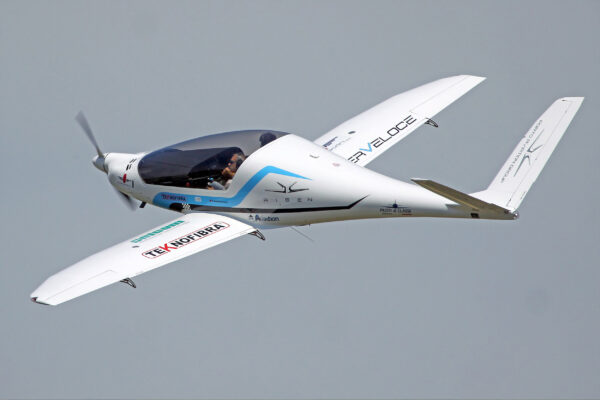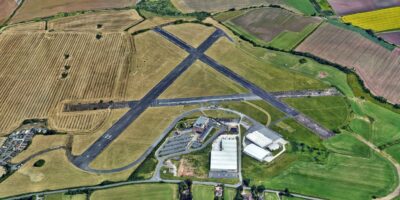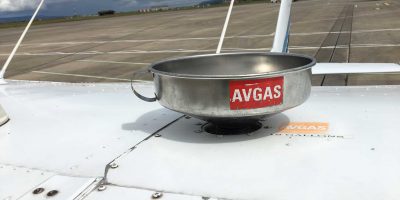Pilot priorities. It’s OK to drive a crappy car so that you can fly a cool aeroplane. Cars are only good for driving to the airport, and pilots should spend as little as possible ‘aeroplane money’ on cars. The biggest lie we tell prospective pilots is that learning to fly is easy – anyone can do it. The truth is that learning to fly is difficult, time consuming and expensive. Most who attempt the task don’t complete it, and not everyone can (or should) fly aeroplanes.
Our second biggest lie is that learning to fly a light GA aircraft will expand your business by providing reliable, cost-effective transportation to distant places. In reality, weather, maintenance, fatigue, and many other factors conspire against our travel schedules.
A true accounting of the real costs seldom justify aircraft ownership on a spreadsheet.
The best reason to learn to fly is this. You want to confront a big challenge, and you’d feel an incomplete person if you didn’t at least try.
“Don’t be an A-to-B pilot. Be an A-to-Z pilot”
Flight instructors get emotionally invested in their students’ success. More than anything else, students who fail to progress can demoralise their instructors. Ever wondered just how to turn a timid student into a tiger? Throw a roll of toilet paper out the window, let it unfurl, and have the student slice it with the wings. They’ll go after it like a terrier chasing a rat.
What if you don’t have a roll of toilet paper? Then have your students follow a twisting, turning river while keeping the aircraft precisely over the middle. They’ll bank aggressively and pull hard while keeping their eyes outside. It’s a valuable exercise that also illustrates that the elevator turns the aeroplane – not the ailerons.
The trick to smooth landings? Don’t land. Try to fly one foot off the runway surface for the entire length and be surprised when the main tyres roll on.
Calculate percentage power using the ‘rule of 48’. (Add rpm/100 and inches of manifold pressure to get the magic number.) For example, 2,400 rpm (24) plus 24 inches of manifold pressure = 48, or 75 per cent power. Use the ‘rule of threes’ for descent planning. (Take the number of thousands of feet from your cruising altitude to the airport elevation and multiply it by three to get the distance from the destination to begin the descent.) For example, you’re flying at 10,500ft and the airport elevation is 500ft. You’ve got 10,000ft to lose, so, 10 times three and you know.
OK, but how quickly should I descend? What’s the proper rate? Divide your ground speed by two, and multiply it by 10. If your ground speed is 150kt, dividing by two and multiplying by 10 makes it 750. Your target descent rate is 750ft per min.
Don’t be an A-to-B pilot. Be an A-to-Z pilot. Learn broadly and have as many varied aviation experiences as possible. Tailwheels, aerobatics, seaplanes, gliders, antiques, turboprops, experimental designs, and jets are all fair game.
The biggest obstacle to pilot learning is thinking that the certificates we’ve already obtained make us experts. Curiosity and humility are essential to continuing education.
The only two bits of aerodynamic theory pilots really must understand are angle of attack and the total drag curve. Get those concepts sorted and you’ll be able to expand your aeroplane’s range, endurance and performance capabilities.
There’s no correlation between a pilot’s confidence and their skills. Many skilled pilots lack confidence, just as some confident pilots lack skills. The most simple, elegant, and truthful aircraft instrument is a yaw string.
The foundation of formation flying is trust. Without trust in your fellow pilots, other skills are irrelevant. The best advice for living a long, rewarding, and contented life of aerobatic flying is: get good instruction, buy a Pitts (or another purpose-built aerobatic aeroplane) – and don’t do airshows (because they require low-level flying). Aerobatic flight in aerobatic-category aeroplanes at legal altitudes is remarkably safe.
GPS navigation, in-cockpit weather information, graphical terrain maps, solid state air data computers, and digital autopilots are extraordinary safety tools. Radio navigation has outlived its usefulness. WAAS GPS makes VORs, localisers, and even ILS obsolete. Radio technology was superb in its time but its time is up. If radio navigation disappeared tomorrow, most of aviation would neither notice nor care. The golden age of aviation is right now.
Aeroplanes are too expensive – and too cheap. The fact that these things last for decades hurts the value equation for new ones. And the fact that there are so few new ones, and that they’re so costly, keeps the old ones around forever. The ICON A5 is a great aircraft. It’s too bad so few can afford it.
Moderation is a worthy life goal – but not when it comes to the centreline. Be a zealot for the centreline. Make every landing an accuracy landing and you’ll be ready if you’re ever called upon to land on an uncomfortably narrow surface.
Expect that – someday – you’ll be called upon.
RV-4 pilot, ATP/CFII, specialising in tailwheel and aerobatic instruction
[email protected]







